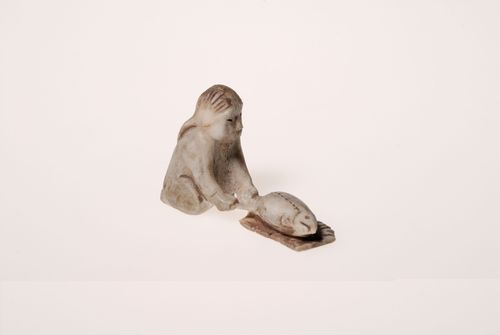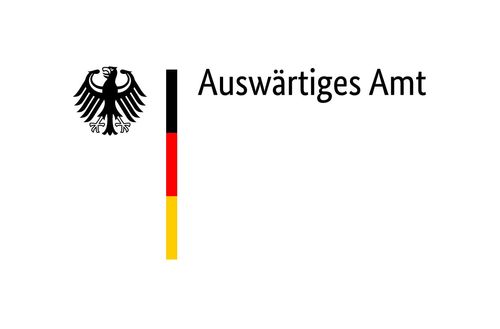Musée d‘ethnographie de l‘Université de Bordeaux
"All women knew the skillful art of cutting fish. For yukola (dried fish), the fish had to be sliced very evenly. If the surface wasn't smooth, flies could lay their larvae in the grooves. Fresh grass was laid under the fish to protect it from stream or sea pebbles and to even out the surface for easier processing. A stock of fish had to be prepared to last through the long winter. Fish was also fermented in earth pits – especially the heads, which were either eaten or fed to the dogs. Every balagan, the Itelmen summer huts, was filled with hanging strips of yukola. Life followed the rhythm of the seasons. In summer, people lived by the sea or chose higher ground, where the wind helped keep flies and mosquitoes away. In winter, they moved further inland. Back then, there were no large ships or fishing trawlers – and no poachers either. Balik is smoked fish, whereas jukola is fish dried in the open air. These days, yukola is increasingly rare, as it is traditionally eaten with seal fat – and not every family today is able to hunt seals. Traditional food was yukola, and it was also the special nourishment for the dogs that accompanied people on their travels."




